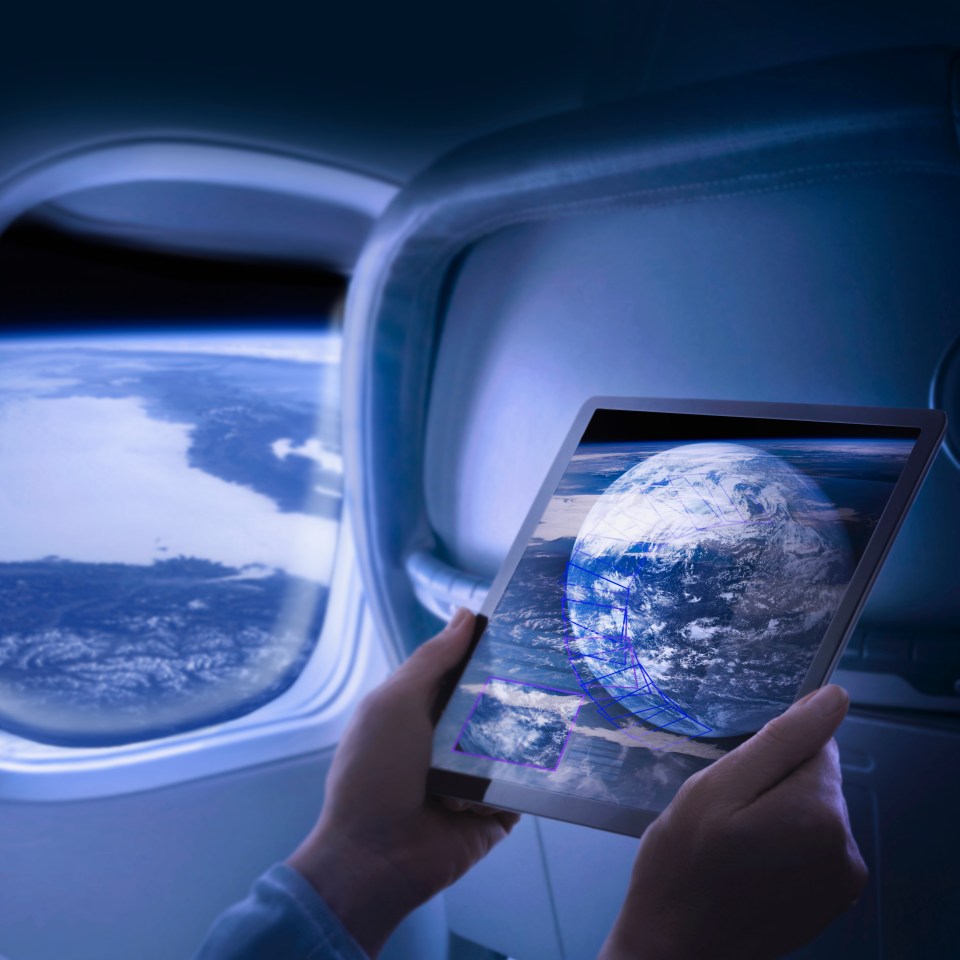‘Beach resort’ planet with ’20C sea’ could be future astro-tourist hotspot – but you may be DEAD by the time you arrive

THERE are planets beyond our own that could be hiding untouched paradises.
Exoplanet LHS 1140 b is just one of them - and could make a great beach resort for astro-tourists of the future.
First unveiled in 2017, LHS 1140 b is 41 light-years away, and may be humanity’s best chance of finding liquid water on a world outside our solar system.
There’s one pretty big hitch, however - anyone boarding a rocket destined for LHS 1140 b would likely die long before they arrived.
If they don’t, then they would probably be very old, and not quite up for the water sports that could be on the cards.
Even the closest of exoplanets are too far away to visit.
READ MORE ON SPACE
And although this world is relatively close to our own in cosmic terms, it would still take 41 years to get there - while travelling at the speed of light.
Of course, we haven’t yet mastered light speed travel - let alone anything faster.
But with a possible ocean temperature of 20C (68F), this planet could host some epic beach days in a few millennia - if humans ever master interstellar travel.
Last year, after falling under the James Webb Space Telescope’s keen eye, scientists were able to find out more about this distant world.
Most read in Science
They believe it is a potentially rocky world, much larger than Earth.
It has a planet mass of 5.6 Earths and a year that lasts just 25 days, according to Nasa.
Data gathered by JWST, the $10 billion telescope Nasa launched into space in 2021, strongly supports LHS 1140 b being an ocean world with a tentative nitrogen atmosphere.
However, further observations are needed to fully confirm this.
"Detecting an Earth-like atmosphere on a temperate planet is pushing Webb’s capabilities to its limits; it’s feasible; we just need lots of observing time,” René Doyon, of the International Research & Exchanges Board (iREx) who studied the data, said in a statement last year.
“The current hint of a nitrogen-rich atmosphere begs for confirmation with more data.
“We need at least one more year of observations to confirm that LHS 1140 b has an atmosphere, and likely two or three more to detect carbon dioxide."
LHS 1140 b is a super Earth exoplanet that lies in the so-called “Goldilocks zone” of its nearest star.
This is the area around a star where it's neither too hot nor too cold for a world to host liquid water.
When the data was pinged back to Earth - a process that miraculously only takes about five seconds - it was the “first time [scientists] have ever seen a hint of an atmosphere on a habitable zone rocky or ice-rich exoplanet," according to Ryan MacDonald, a Nasa Sagan Fellow in the University of Michigan's Department of Astronomy, who helped analyse LHS 1140 b's atmosphere.
JWST data further suggests the exoplanet's mass might be made of between 10 and 20 per cent liquid water.
While that could mean the planet looks like one big snowball - the side facing the sun could have a warm liquid ocean, making it look like an eyeball.
Read More on The Sun
Charles Cadieux, a doctoral student at the Université de Montréal and lead author of a paper on the discovery, said at the time: "Of all currently known temperate exoplanets, LHS 1140 b could well be our best bet to one day indirectly confirm liquid water on the surface of an alien world beyond our solar system.
"This would be a major milestone in the search for potentially habitable exoplanets."
All you need to know about planets in our solar system
Our solar system is made up of nine planets with Earth the third closest to the Sun. But each planet has its own quirks, so find out more about them all...
- How old is Earth? Plus other facts on our planet
- How many moons does Mercury have?
- What colour is Venus?
- How far away is Mars to Earth? And other facts on the red planet
- How big is Jupiter?
- How many moons does Saturn have?
- Does Uranus have rings?
- How many moons does Neptune have?
- How big is Pluto?
- How hot is the Sun?













